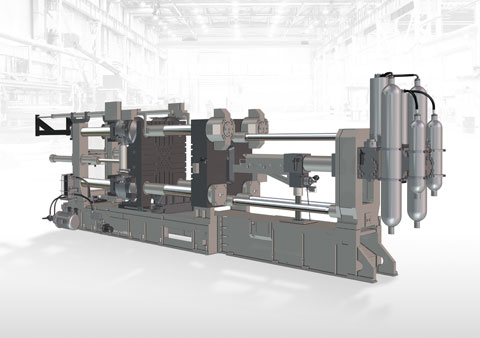
Integriertes 3-Speichen-Laufrad für MTB mit CNC-Bearbeitung und Oberflächenbehandlung

Starrgabel aus Druckguss aus Magnesiumlegierung für Fahrräder

Druckguss-Elektrofahrzeug-Mittelmotorgehäuse aus Magnesiumlegierung

OEM-Rad aus Hochdruckguss-Magnesiumlegierung für E-Bikes

Starrgabel aus Magnesiumlegierung für Fahrräder - kundenspezifische Druckguss-Metallteile

Magensium-Mountainbike-Rahmen

Kundenspezifische Gießereiprodukte E-Bike-Komponenten Magnesiumlegierungsrad

OEM-Rahmen aus Hochdruckguss-Magnesiumlegierung für Fahrräder

Druckgussteile aus Mangansiumlegierung Thixomolding-Metallteile

Druckgussteile aus Mangansiumlegierung Thixomolding-Metallteile

Druckgussteile und -komponenten aus Magnesiumlegierung für E-Bikes

Magnesiumlegierung Thixomolding-Power-Batter-Gehäuse

Thixomolding-Teile aus Magnesiumlegierung für Sauerstoff-Saugmaschinengehäuse

Druckguss-Thixomolding-Metallhalterungen aus Mangansiumlegierung

Magnesiumlegierung Thixomolding-Power-Batter-Gehäuse

Thixomolding-Helm aus Mangansium-Druckguss

 0086-750-5616188
0086-750-5616188 +86 13392089688
+86 13392089688 sales@zhongmei-tech.com
sales@zhongmei-tech.com








